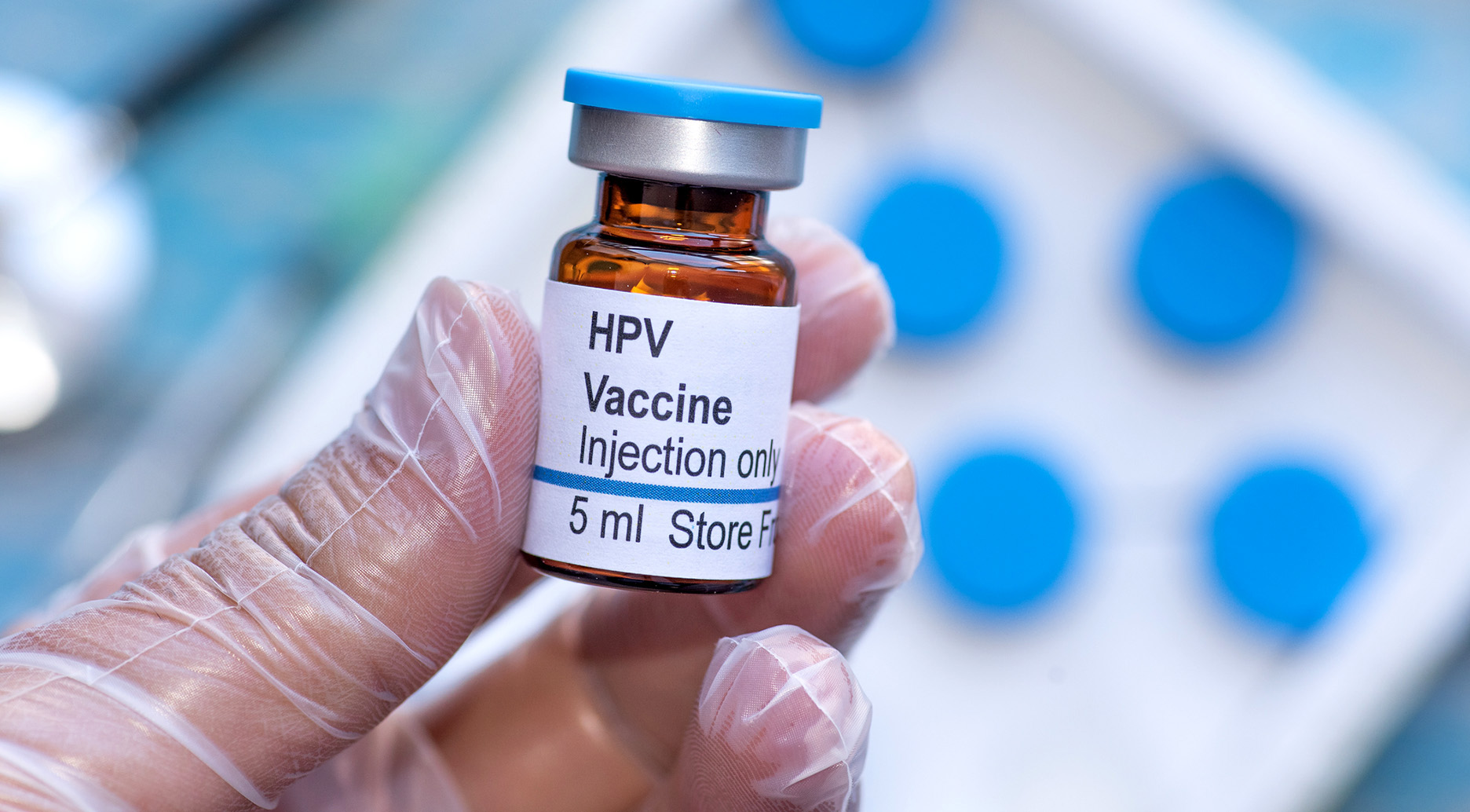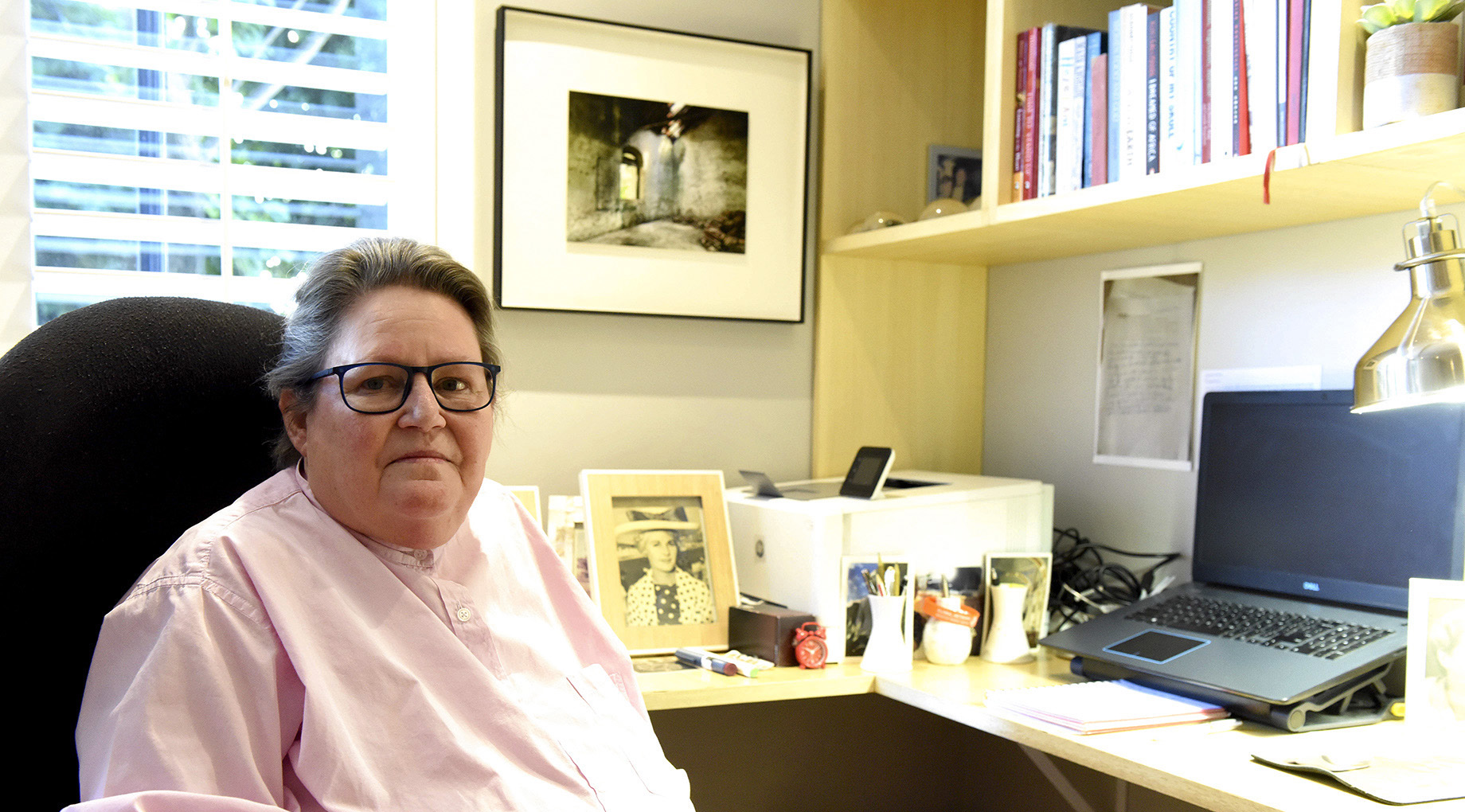SPOTLIGHT
Self-collected human papillomavirus tests are feasible — but still a long way off

Finding ways to make it as easy as possible for women to be screened for cervical cancer or precursors to cervical cancer has become a high priority for researchers.
An innovative new technology that allows women to collect their own samples for HPV (human papillomavirus) testing, rather than having the sample taken by a healthcare worker was recently tested in the Eastern Cape.
A high-risk HPV infection (mostly HPV 16 and 18) is the most common cause of cervical cancer. While most cases of cervical cancer can be prevented if women or girls receive the HPV vaccine, the vaccine is not effective when given after HPV infection. In these cases, early detection is critical, since the further cervical cancer progresses, the harder it becomes to treat.
Accordingly, finding ways to make it as easy as possible for women to be screened for cervical cancer or precursors to cervical cancer has become a high priority for researchers. One way to do this is to let women take their own samples — thus avoiding the discomfort of having a healthcare worker insert a vaginal speculum to scrape cells from the cervix.

The (Human Papilloma Virus) HPV vaccine. (Photo: istock.com)
HPV test vs Pap smear
According to Professor Anna-Lise Williamson, the South African Research Chairs Initiative Chair in Vaccinology at the Institute of Infectious Disease and Molecular Medicine at the University of Cape Town (UCT), testing for HPV is a better screening test than a cytology test (commonly known as a Pap smear). The former tests directly for the virus, while the latter typically tests for cellular changes brought about by the virus.
She adds that if a woman is HPV-negative, she is unlikely to develop cervical cancer in the next five years. “Whereas if she is cytology negative, she could have pre-cancers within three years,” Williamson explains.
The Eastern Cape study
A cross-sectional study published in 2020, looked at the acceptability of a self-collection method using a brush and an FTA (Flinders Technology Associates) card among women in the Eastern Cape.
Williamson says a brush is used to collect a mucous sample from the vagina and then transferred on to the FTA card (a treated filter paper that resembles a credit card holder, with a flap that folds down). The card changes colour when the sample is applied and it can be stored at room temperature.
This makes the method very appealing, as the collection and transportation are much easier than for cytology, which needs to be collected in a buffer and transported wet, said Williamson.
A total of 737 women from the Eastern Cape participated in the study from September 2017 to March 2019. Three samples were taken per participant. The first sample was taken in the form of a Pap smear and two FTA card samples were taken, one self-collected and one collected by a clinician.
The FTA card samples then underwent a DNA evaluation process to allow for testing. As described in the paper, testing was done by putting the card in a special machine that punches four holes through the sample card and then collects the sample in a 96-well plate.
As Williamson puts it, “You punch a piece of the card out, that then goes into a buffer (liquid), and you do a standard PCR [polymerase chain reaction] test.” Among others, PCR tests are also used to test for SARS-CoV-2, the virus that causes Covid-19.
For South Africa, Williamson says more research would be needed on what the best kind of test would be to use and whether the National Health Laboratory Service could set up the in-house test. Some PCR tests, like the one used in the study, will provide a list of high-risk HPV types detected, while others will simply indicate whether the sample is negative or positive for HPV.
“They ought to do a pilot study to determine whether the commercial diagnostic tests available perform well on this type of specimen. We don’t know that yet,” says Williamson.
According to the study, all the FTA cards contained enough DNA to allow for HPV testing. Positivity between self-collected and clinician-collected samples showed an agreement of 86.9% for women from the community clinic and 91.4% agreement between the self-collected and clinician-collected samples among the participants who were recruited from the referral clinic with abnormal Pap smears.
However, Williamson says that while the participants were happy with the method, the majority said they would prefer that a clinician take the sample.
HPV testing as part of cervical cancer screening strategy
With breast cancer, cervical cancer is one of the two most common cancers affecting women in South Africa, accounting for about 15.8% of all cancer cases among women, according to the National Cancer Registry.
The current screening strategy in the public sector for HIV-negative women, according to Williamson, is three Pap smears in their lifetime, while in many European countries, HPV tests are starting to replace Pap smears as the primary screening method.
Spotlight previously reported that women living with HIV are at an increased risk of developing cervical cancer and thus need to be screened every three years.

Professor Lynette Denny, Head of the Department of Obstetrics and Gynaecology at UCT.
(Photo: Nasief Manie / Spotlight)
According to Professor Lynette Denny, head of the Department of Obstetrics and Gynaecology at UCT, an HPV test is very accurate at determining an individual woman’s risk for cervical cancer, but it is also costly and there is a danger of overtreating HPV infections as many healthy women are eventually able to clear the infection.
The National Department of Health’s Cervical Cancer Prevention and Control Policy of 2017 recommends that cytology-based screening be used as the preferred screening method in the short term and that liquid-based cytology, as well as HPV-based screening, be phased in according to resource availability. It also refers to self-collected sampling as a potential way to increase screening coverage in harder to reach populations.
HPV testing hasn’t taken off in public sector
Professor Greta Dreyer, head of Gynaecologic Oncology at the Department of Obstetrics and Gynaecology at the University of Pretoria, told Spotlight that HPV testing has not yet taken off in the public sector.
“The recommendation is a different thing from what happens on the ground. It is recommended already; phasing it in is widely recommended,” she says.
She says HPV testing is being offered in the private sector but is often done more frequently than necessary.
There are multiple reasons HPV testing hasn’t taken off in the public sector, according to Dreyer. The first is that the country needs to better prioritise cervical cancer prevention. The type of screening test doesn’t really matter. What matters is that all women have access to a test and receive treatment when needed.
The second is the technology-based issue, where the staff, technical capacity, and cost to conduct the test all play a role in determining whether the test can actually be implemented and whether doing the test is going to work on a practical level.
“The NHLS [National Health Laboratory Service] has already been asked by the National Department of Health to provide the test, [but] it is not widely available yet,” she says.
The third issue is related to the training provided to clinicians. She says a lot of time and effort has gone into teaching clinicians, including nurses and doctors at various levels of their training and study on how to interpret cytology, while the same cannot be said about training with regard to interpreting HPV results.
She adds that this needs to be sorted out before rolling out HPV tests or else women will have test results that no one can interpret.
Dreyer explains that an HPV test result will not have the same implications for everyone, as the type of HPV detected, the patient’s age, HIV status, and whether the infection is persistent will indicate their risk of cervical cancer and the need to treat the cervix.
Dr Manala Makua, chief director of Women, Maternal, and Reproductive Health at the National Department of Health, says that HPV testing is being used as a cervical cancer screening tool, but on a progressive scale and based on facility readiness and skill roll-out.
She says that the NHLS has three laboratories that are being commissioned to initiate HPV testing, located in Gauteng, KwaZulu-Natal and the Eastern Cape.
In terms of a timeline for rolling out wider HPV testing in the public sector, Makua says that the roll-out is planned for the next five years.
“Self-sampling [is] not yet implemented as it requires resource planning, extensive community education and courier services,” she adds.
Treatment for HPV
Dr Tracey Adams, gynaecological oncologist and senior consultant at the Department of Obstetrics and Gynaecology at UCT; and Dr Nomonde Mbatani, senior specialist and head of the Gynaecology Oncology unit at Groote Schuur Hospital, jointly answered Spotlight’s questions on how HPV is treated.
They explain that a woman testing positive for high-risk HPV does not necessarily mean she has to go for treatment as the positive test indicates a risk factor, and not necessarily disease. It first needs to be determined if there are any abnormal or pre-cancer cells present in the cervix. This can be done through cytology (Pap smear), a histology performed on a biopsy of skin from the cervix, a visual inspection of the cervix using acetic acid, or through a procedure known as colposcopy.
A colposcopy procedure, according to Adams and Mbatani, involves applying 5% acetic acid into the cervix. Precancerous or abnormal cells react differently to the acid than normal cells because of excess nuclear changes. The abnormal areas stain a dense white colour, known as acetowhite. This identifies the abnormal cells. The person operating the colposcope is trained to look for features within the acetowhite lesions, like vascular changes, which are used to grade the severity of the lesion and determine whether treatment or follow-up is needed.
They explain that if follow-up is needed after treatment an annual pap smear is offered for a certain period. If the woman has three normal pap smears, she can go back to routine screening.
If precancerous cells are detected, then those cells can be excised using a LLETZ (large loop excision of the transformation zone) procedure, which employs either a hot wire or a cold knife to remove the cells.
Another option is thermal ablation, where extreme temperatures are used to destroy the cells.
They add that currently there are no antivirals used to treat HPV infection, and therapeutic HPV vaccines are still under investigation.
When asked whether it is known what percentage of women who are HPV-positive will develop cervical cancer, Adams and Mbatani respond that while it is known that 95% of women with cervical cancer are HPV-positive, the reverse is not yet clear.
Feasibility of self-collected samples for HPV testing
Williamson says the issues of feasibility of self-collection for HPV tests would be getting the results back to the women and getting them to come for treatment. There also isn’t a clear plan on how to triage HPV-positive women. “They need to work out who’s going to treat all these women, and where that could be rolled out,” she says.
According to Dreyer, self-collection has repeatedly been shown as a feasible option for an HPV test and can be done in a variety of ways because the HPV DNA is so stable. But the sensitivity rates and the accuracy of the test will be determined by the sampling method, transport method, and the type of HPV test that is conducted.
She says that because of South Africa’s high HPV disease load, implementing a wide roll-out of an HPV test, whether self-collected or not, will have implications for the healthcare system which needs to be ready to interpret the test result and differentiate high-risk cases from intermediate risk. DM/MC
This article was produced by Spotlight — health journalism in the public interest.
[hearken id=”daily-maverick/9072″]




















Comments - Please login in order to comment.